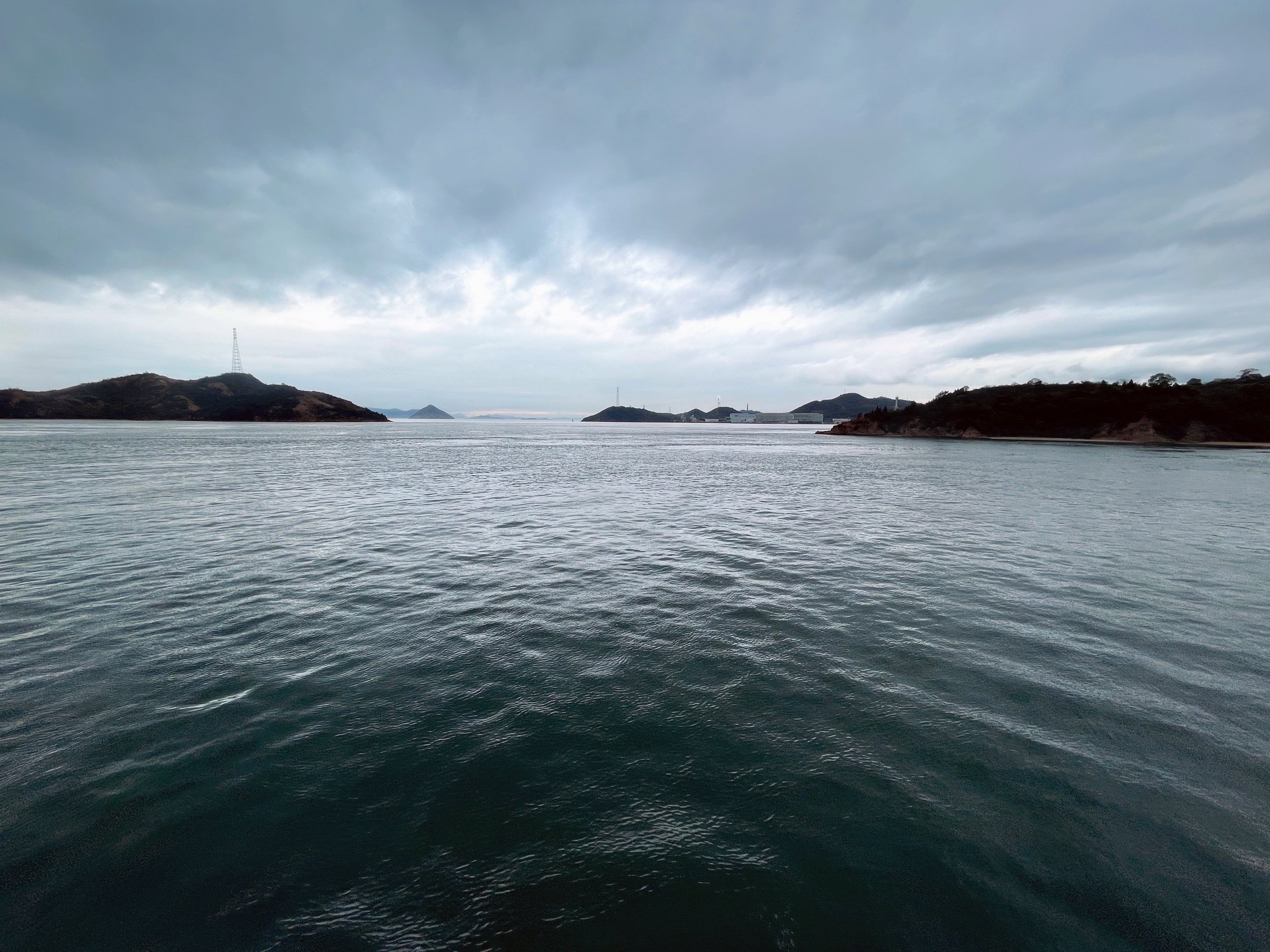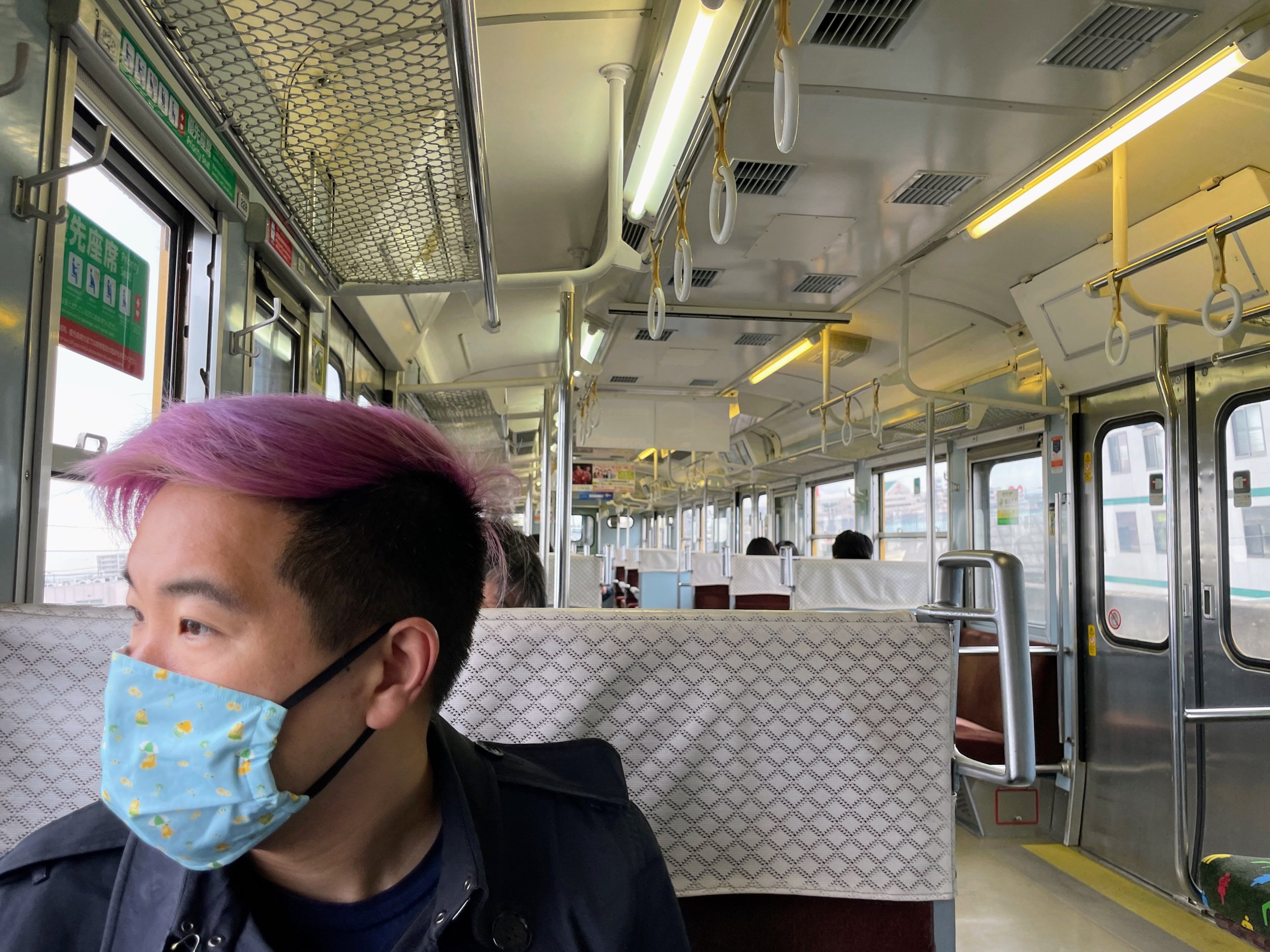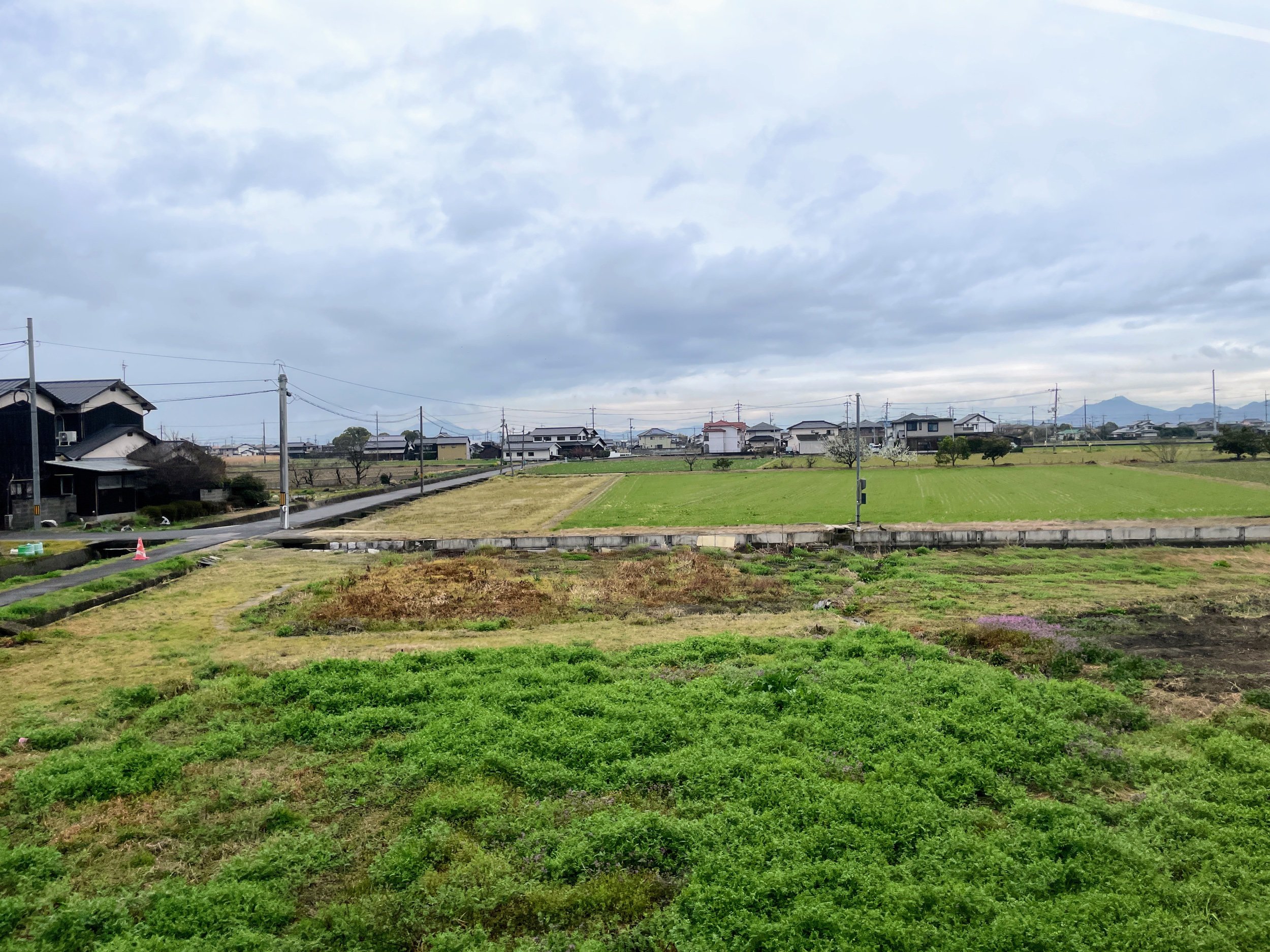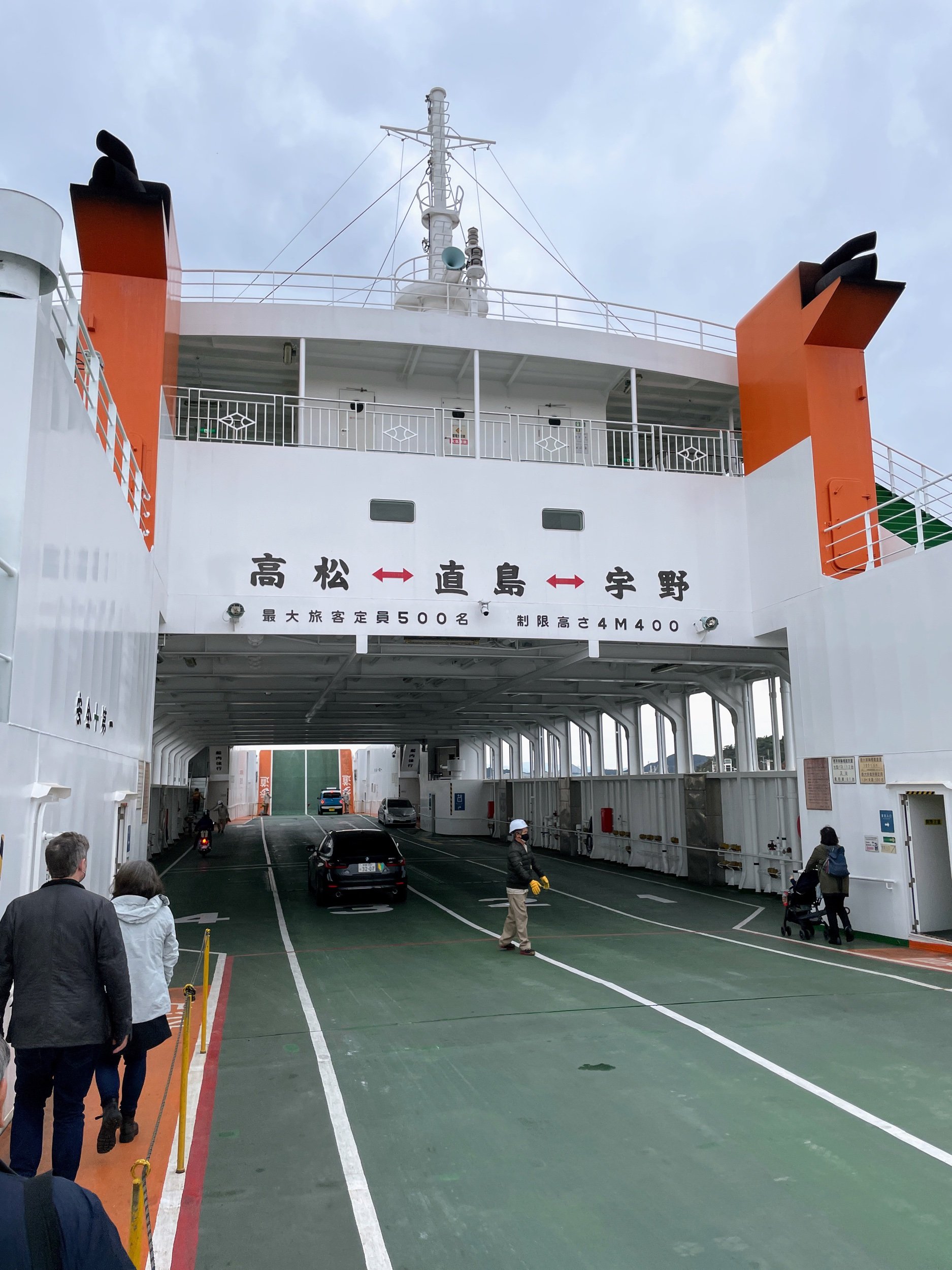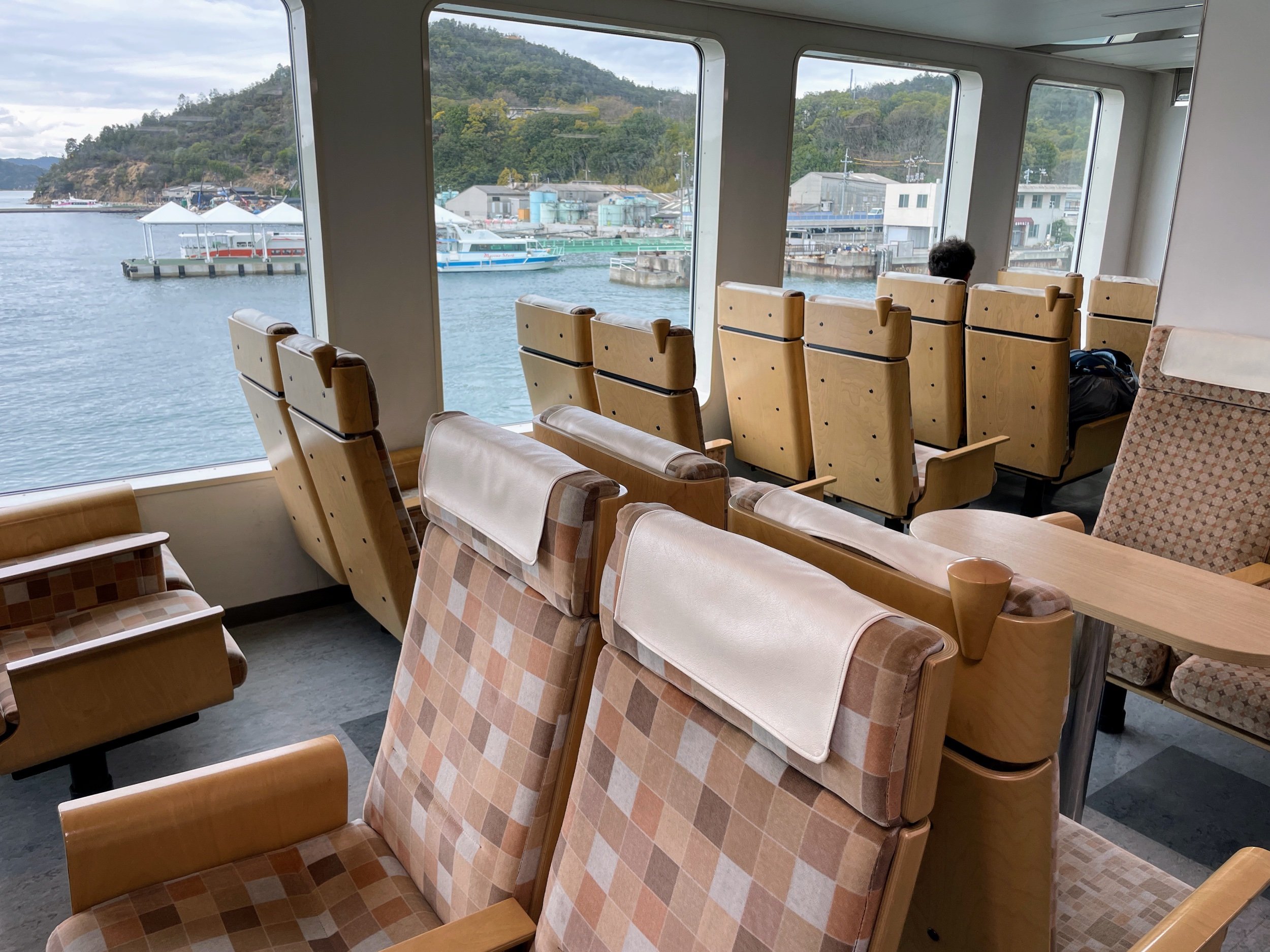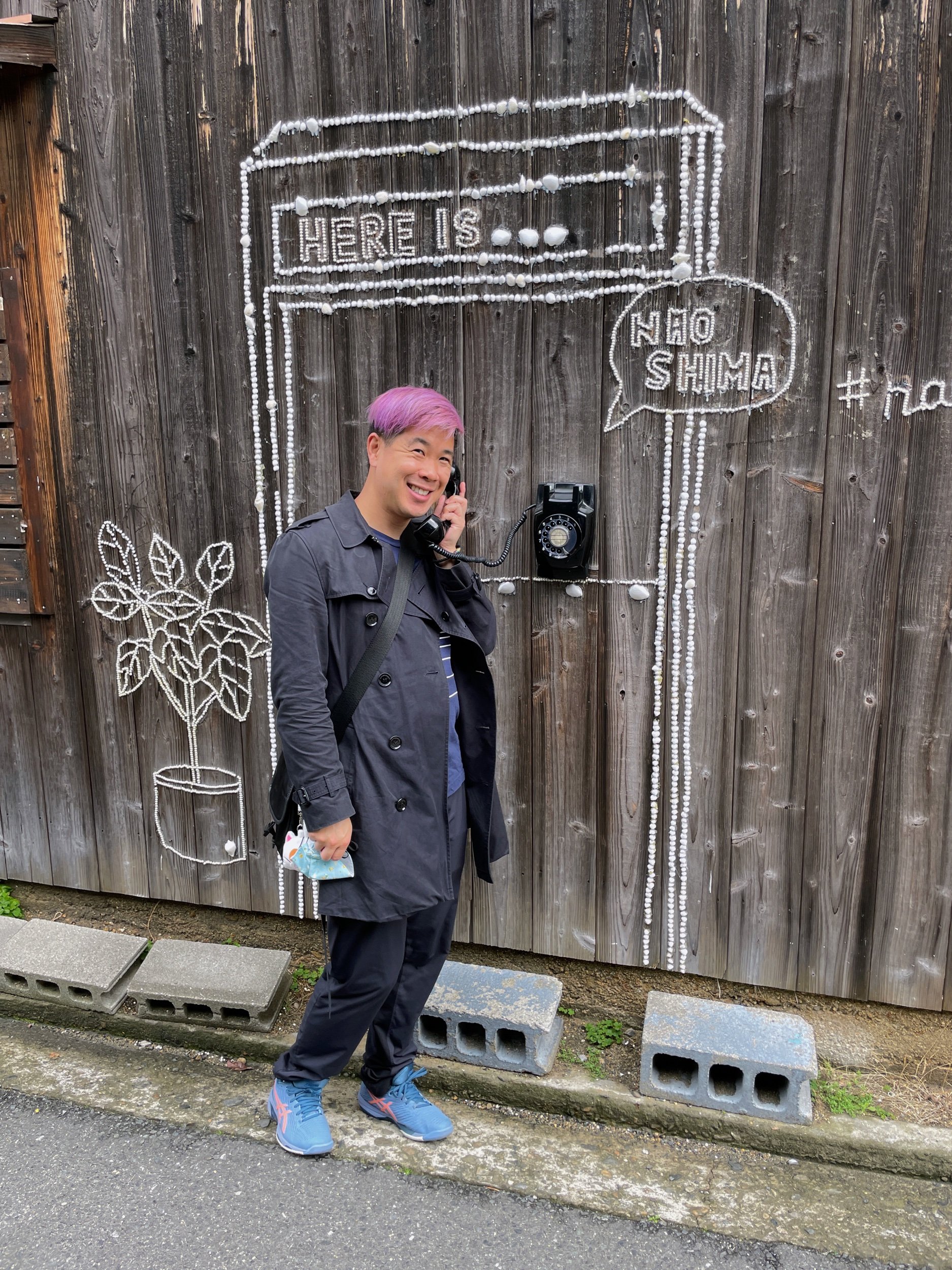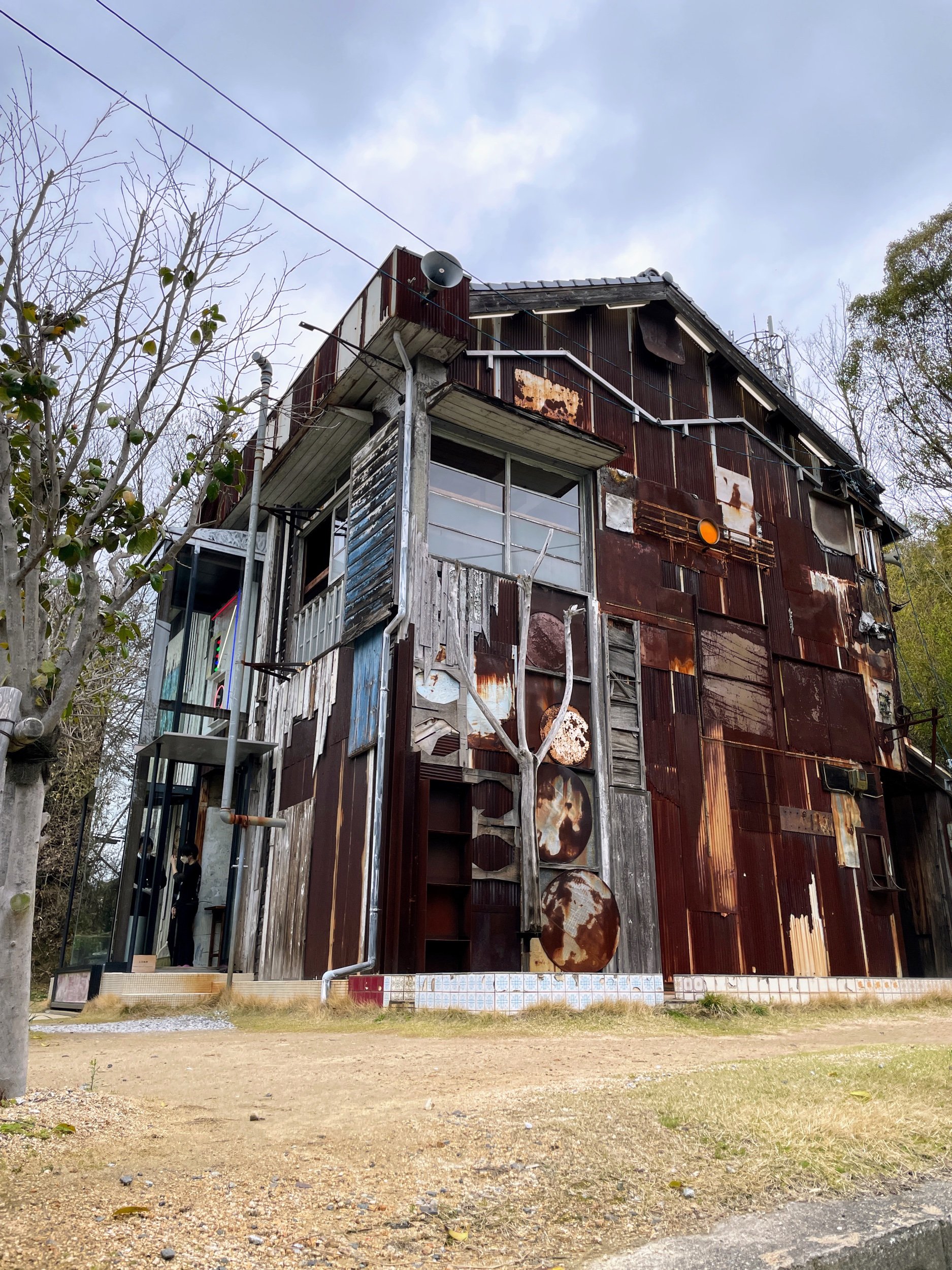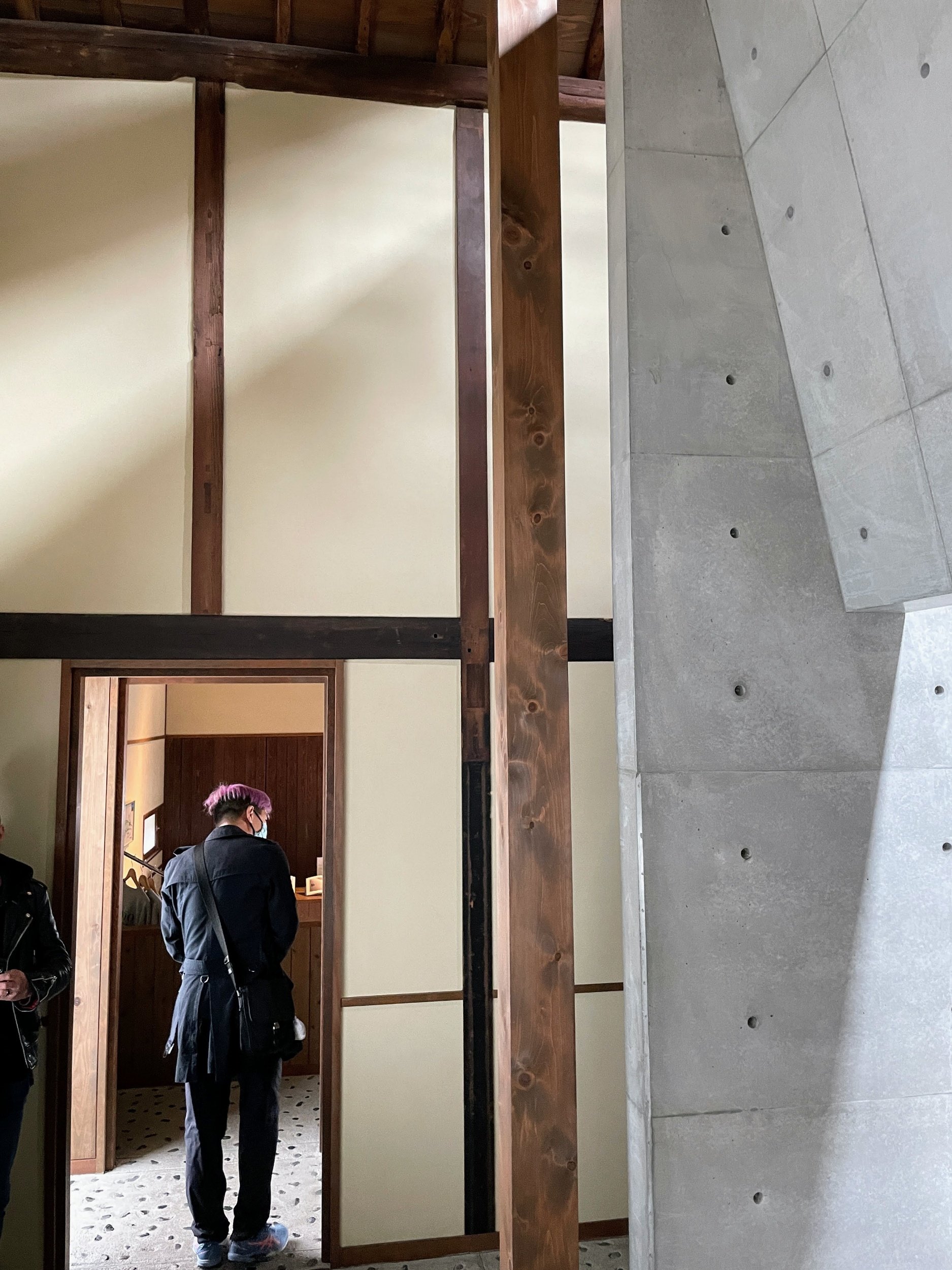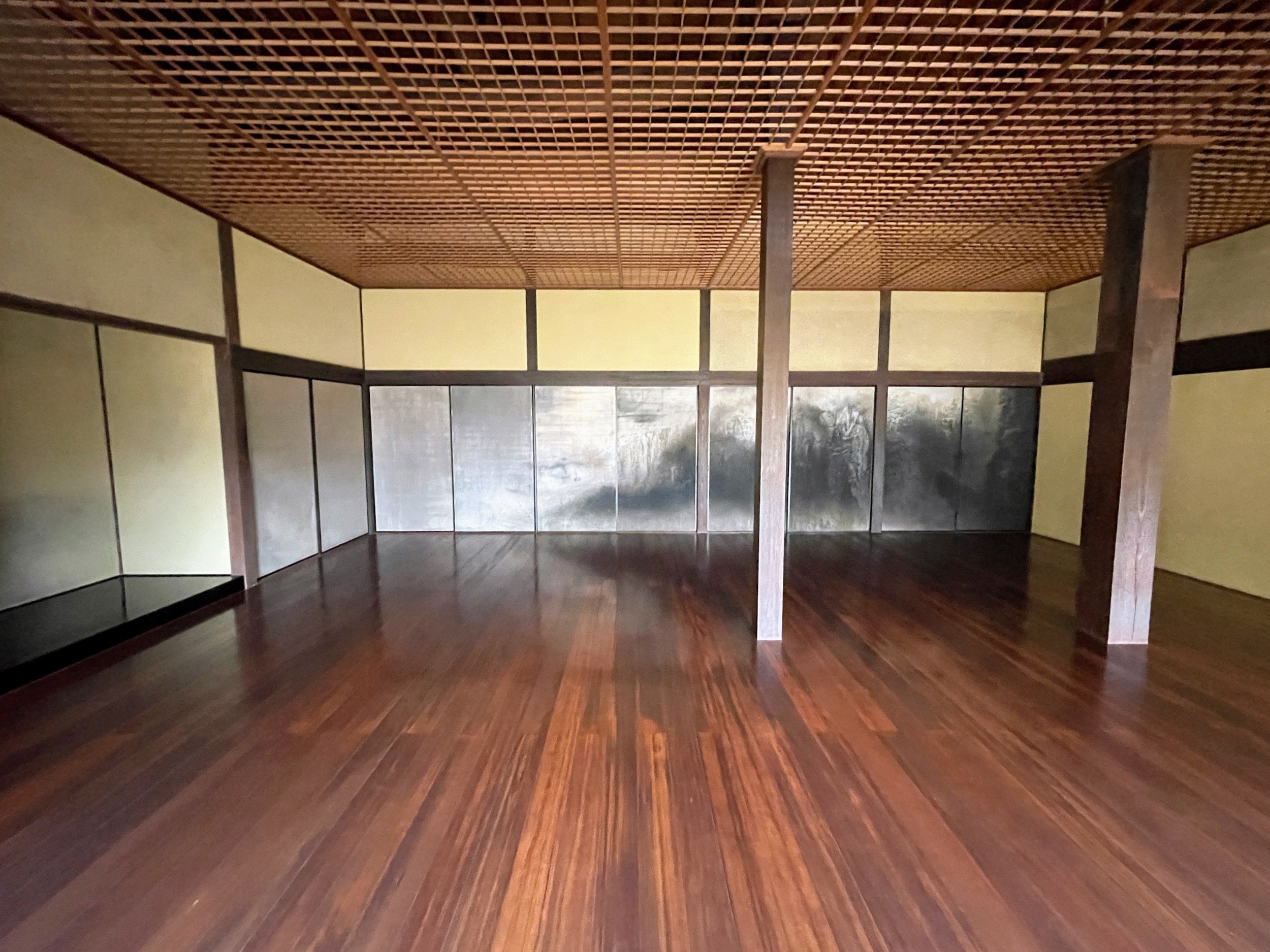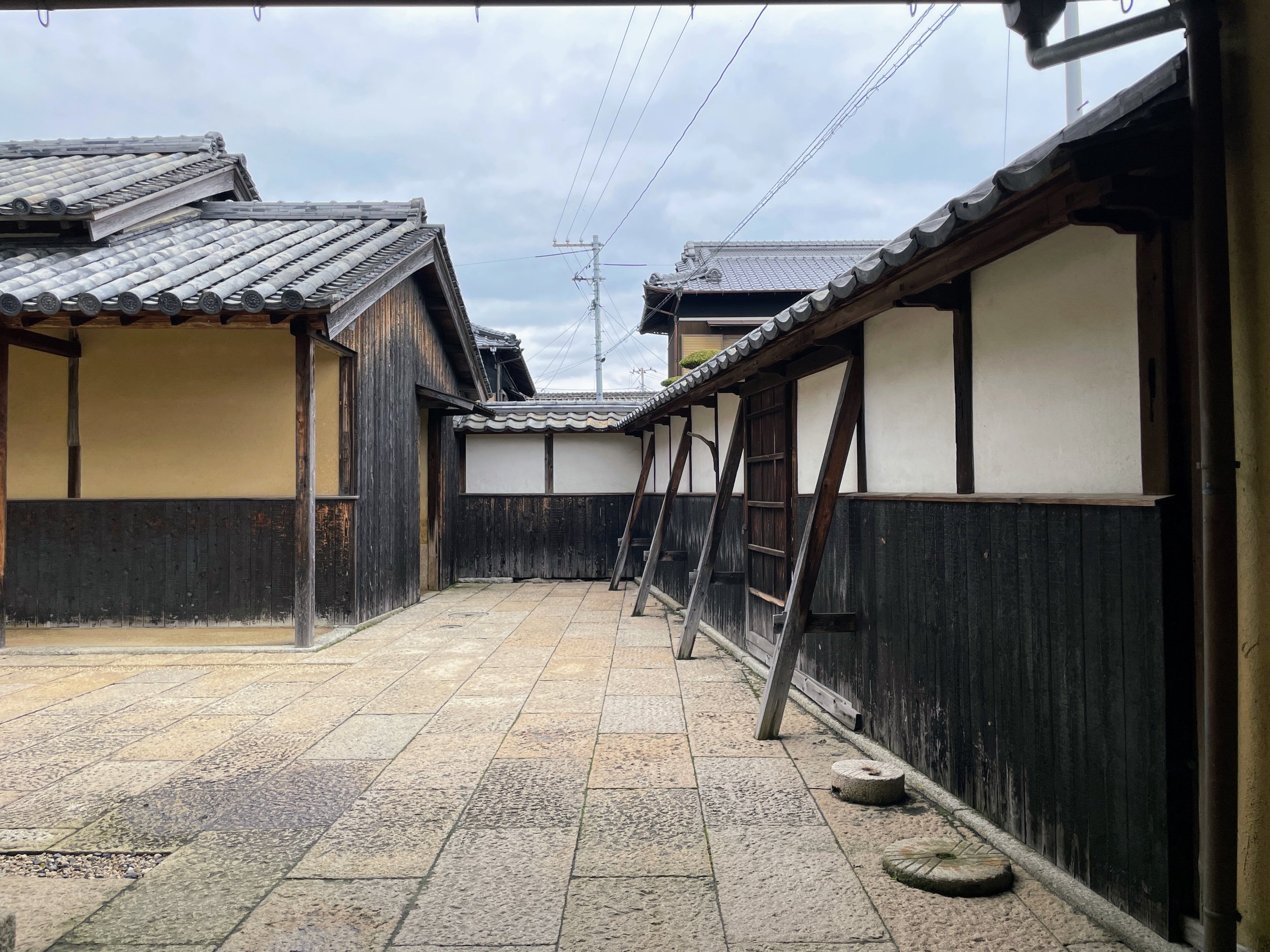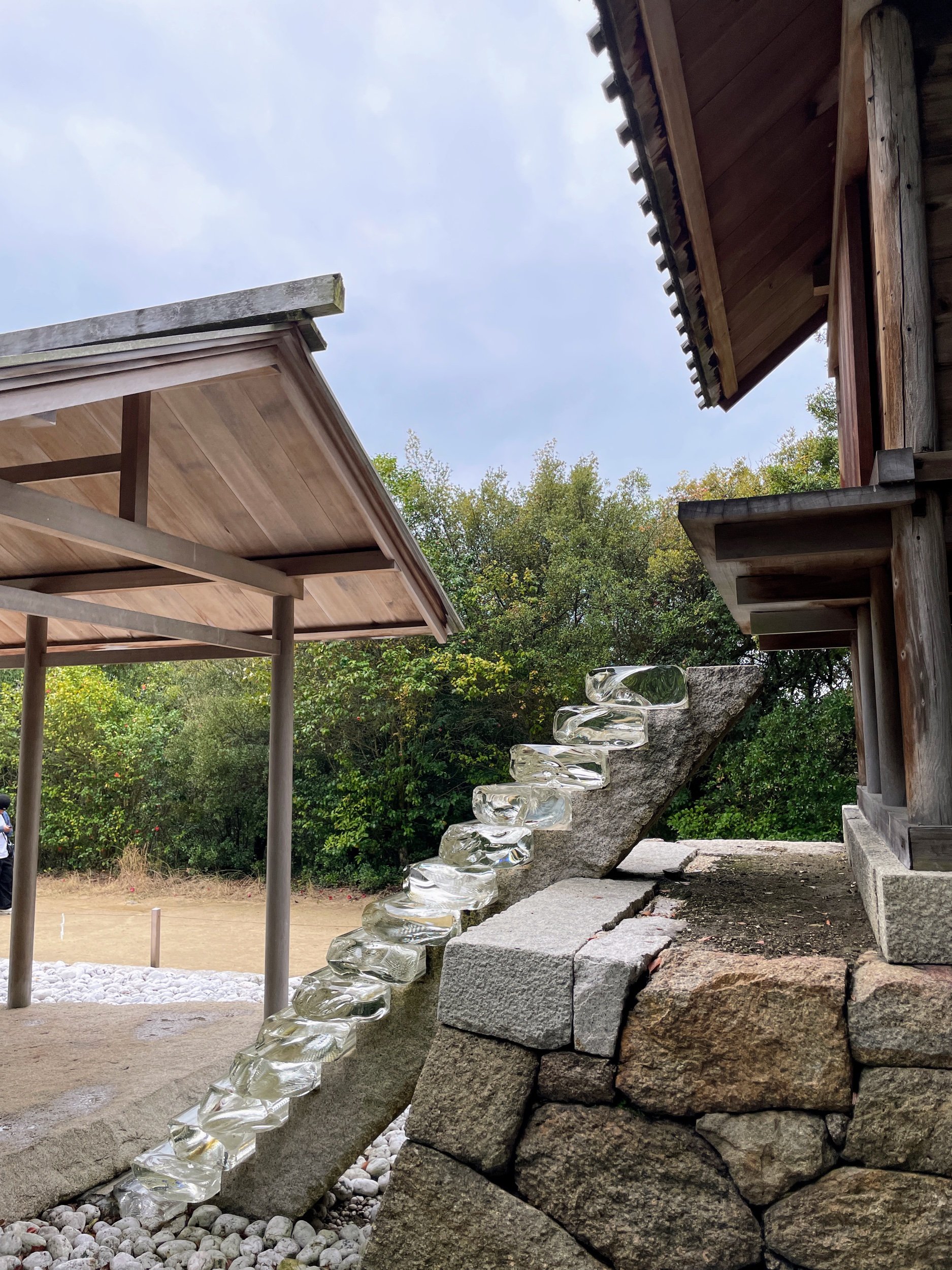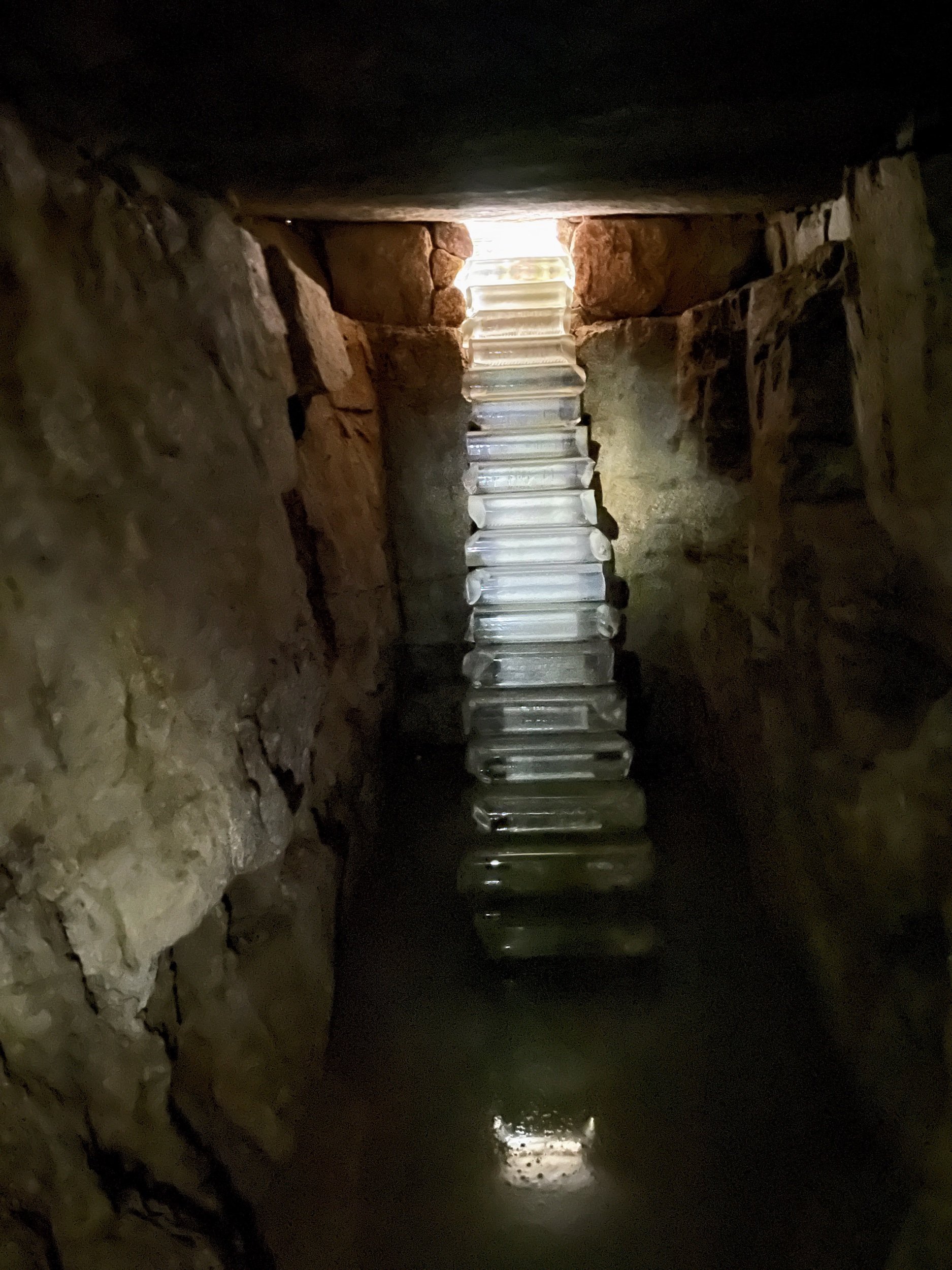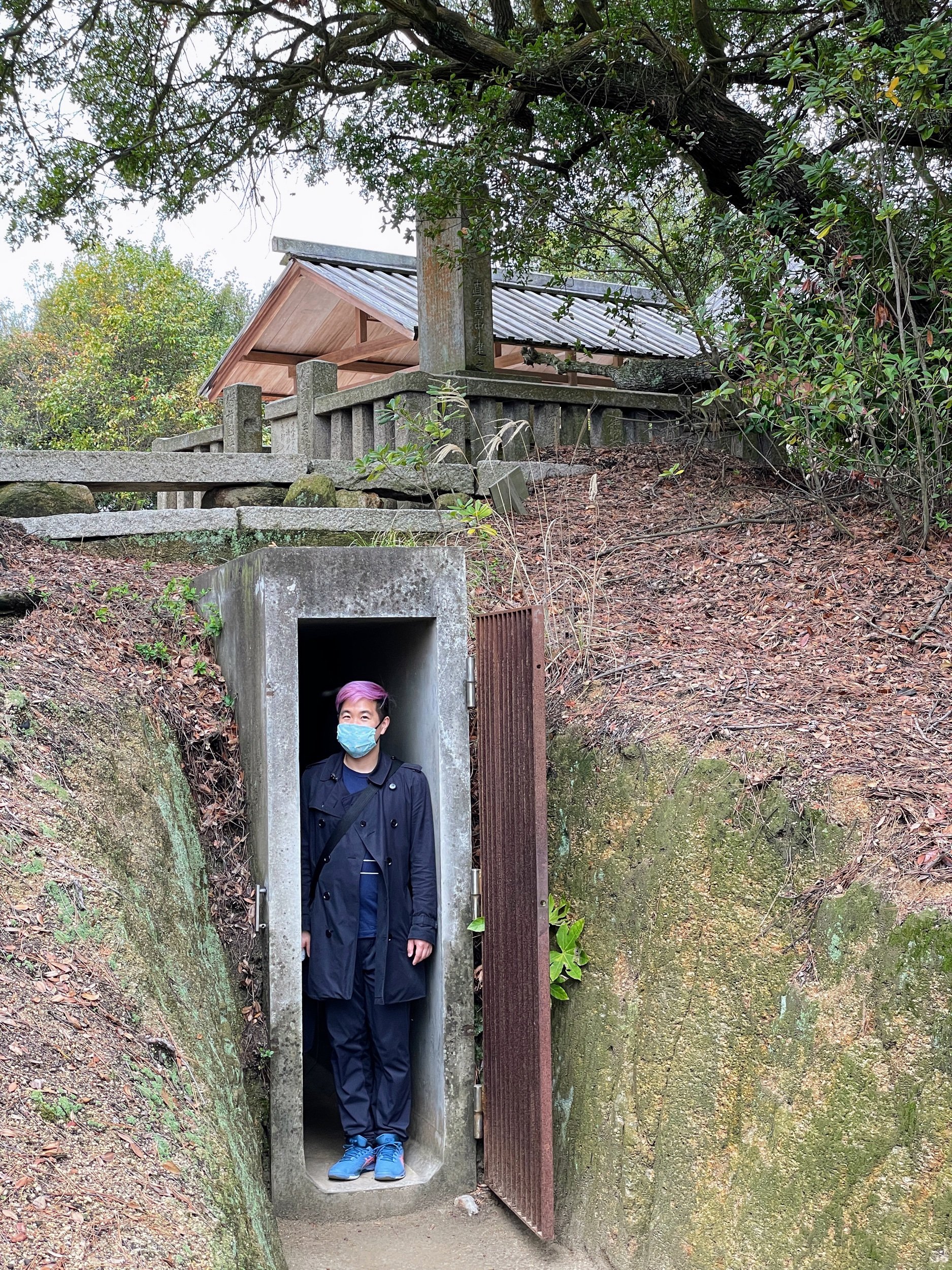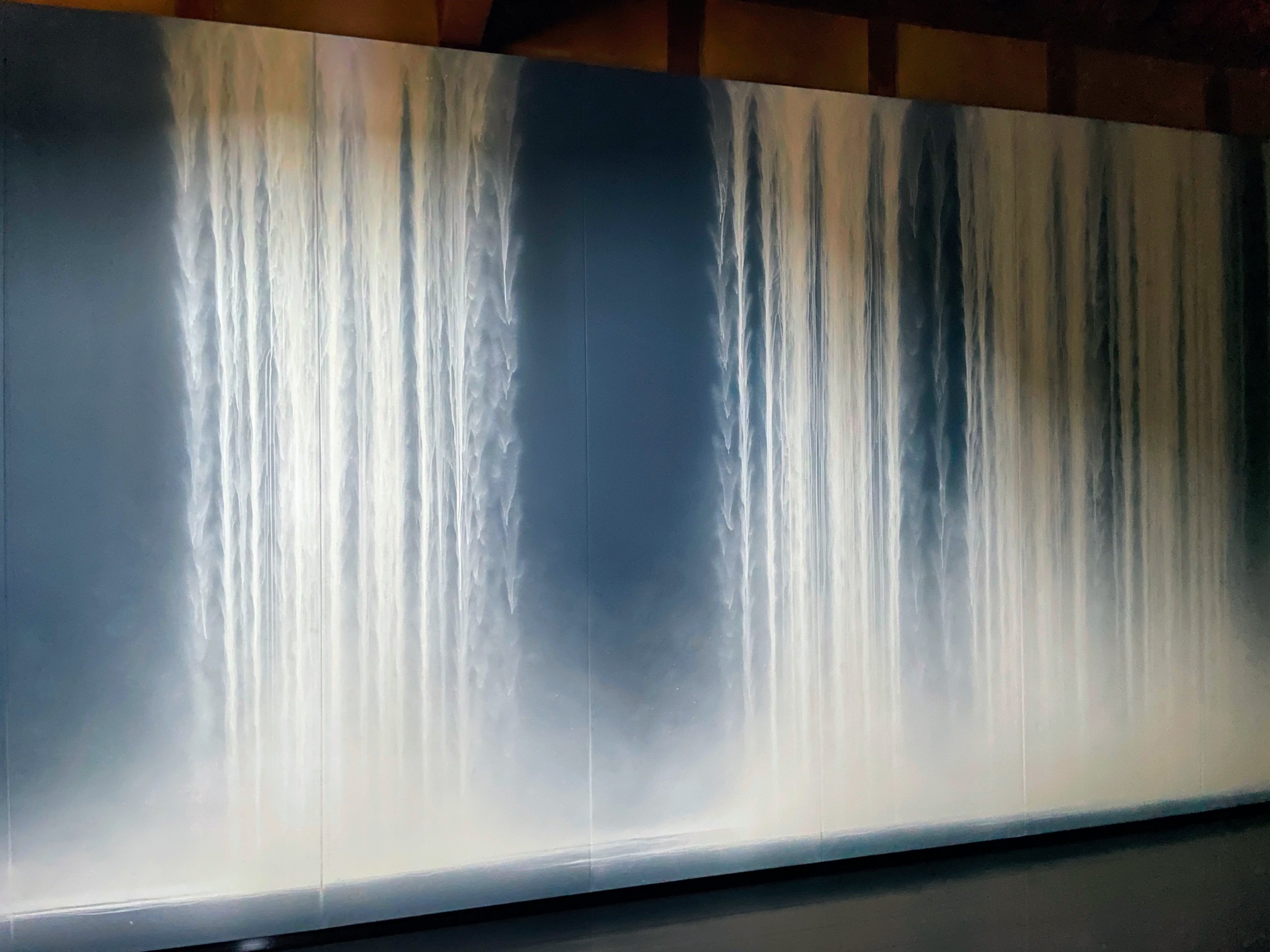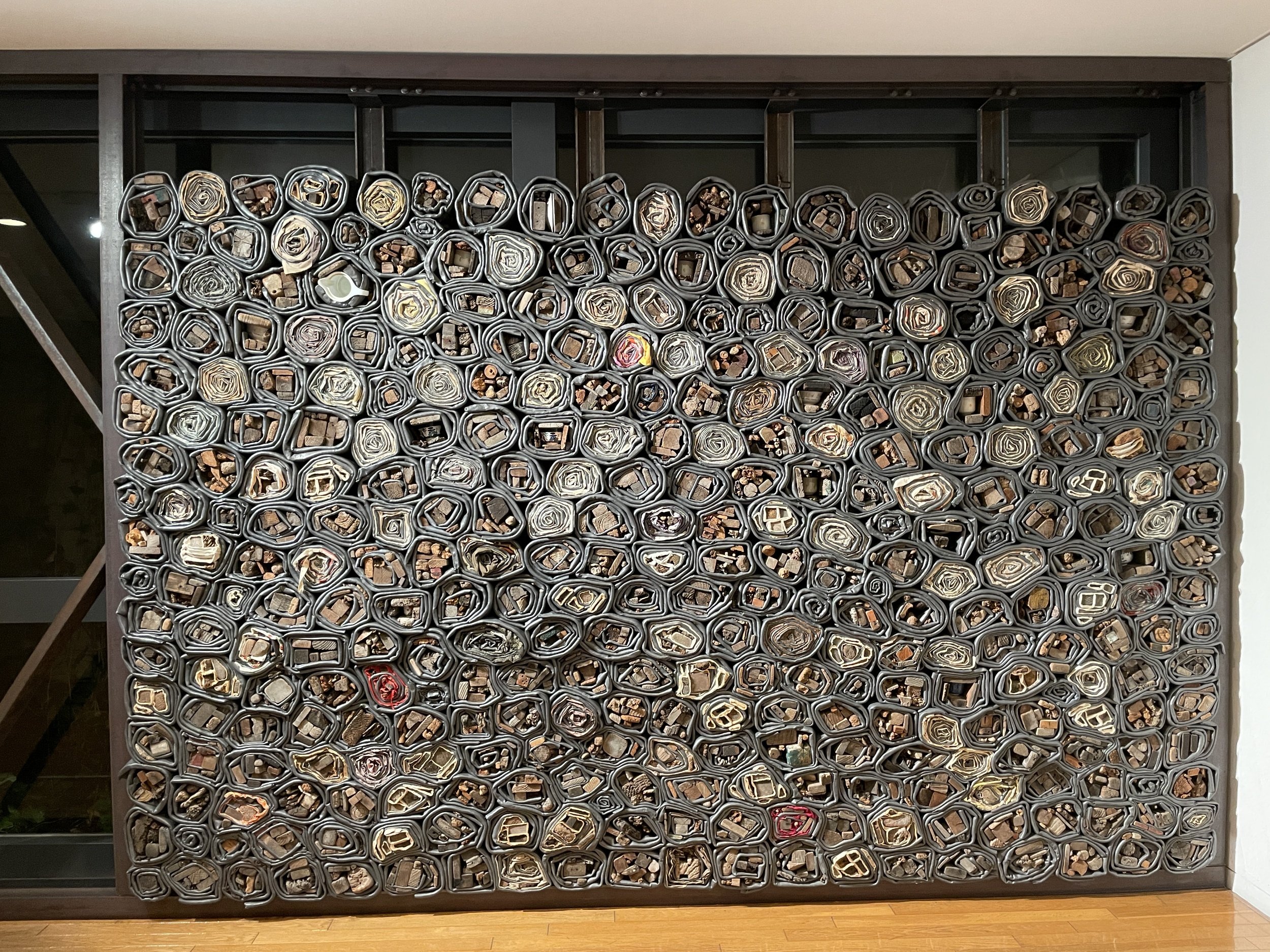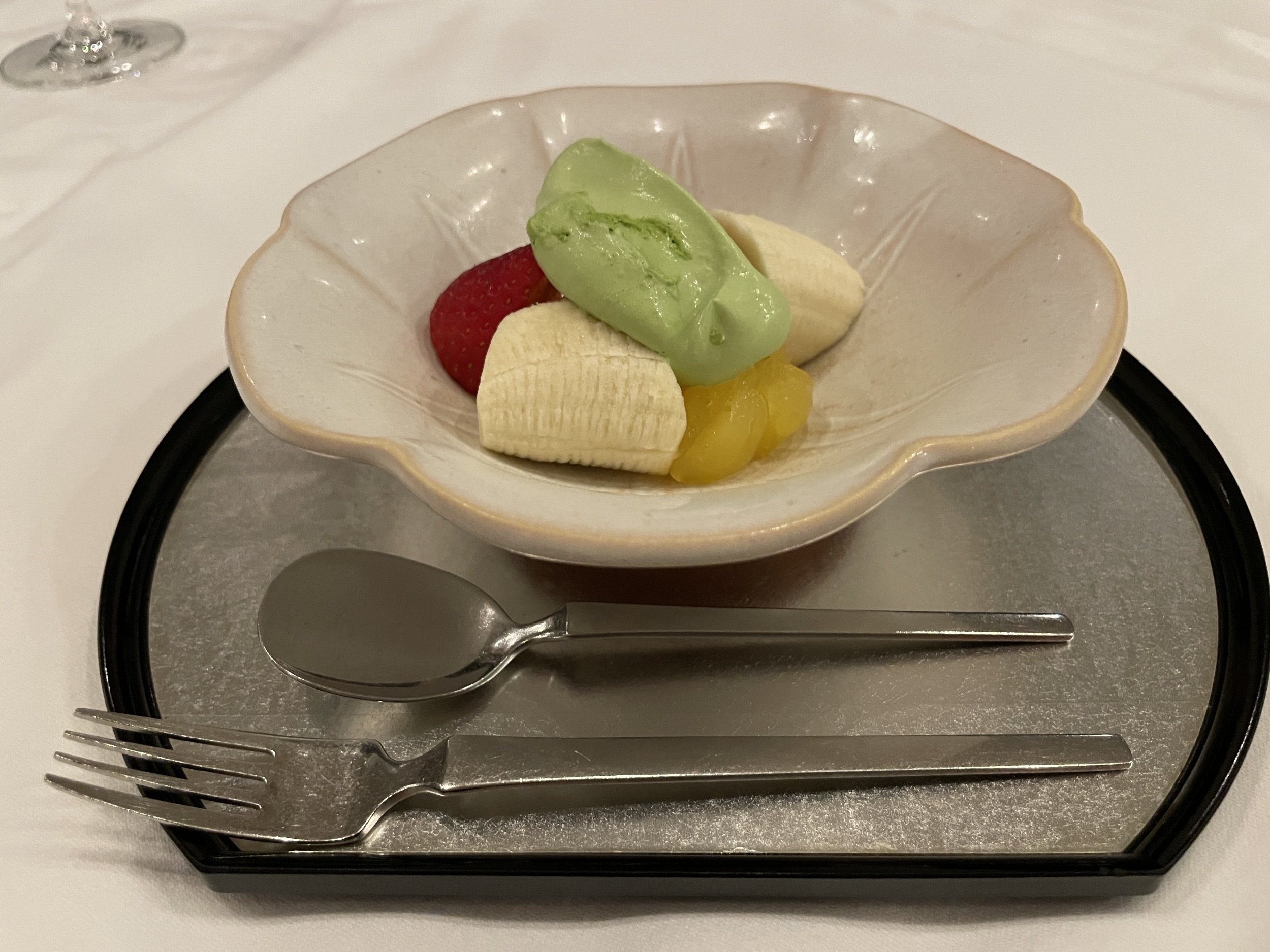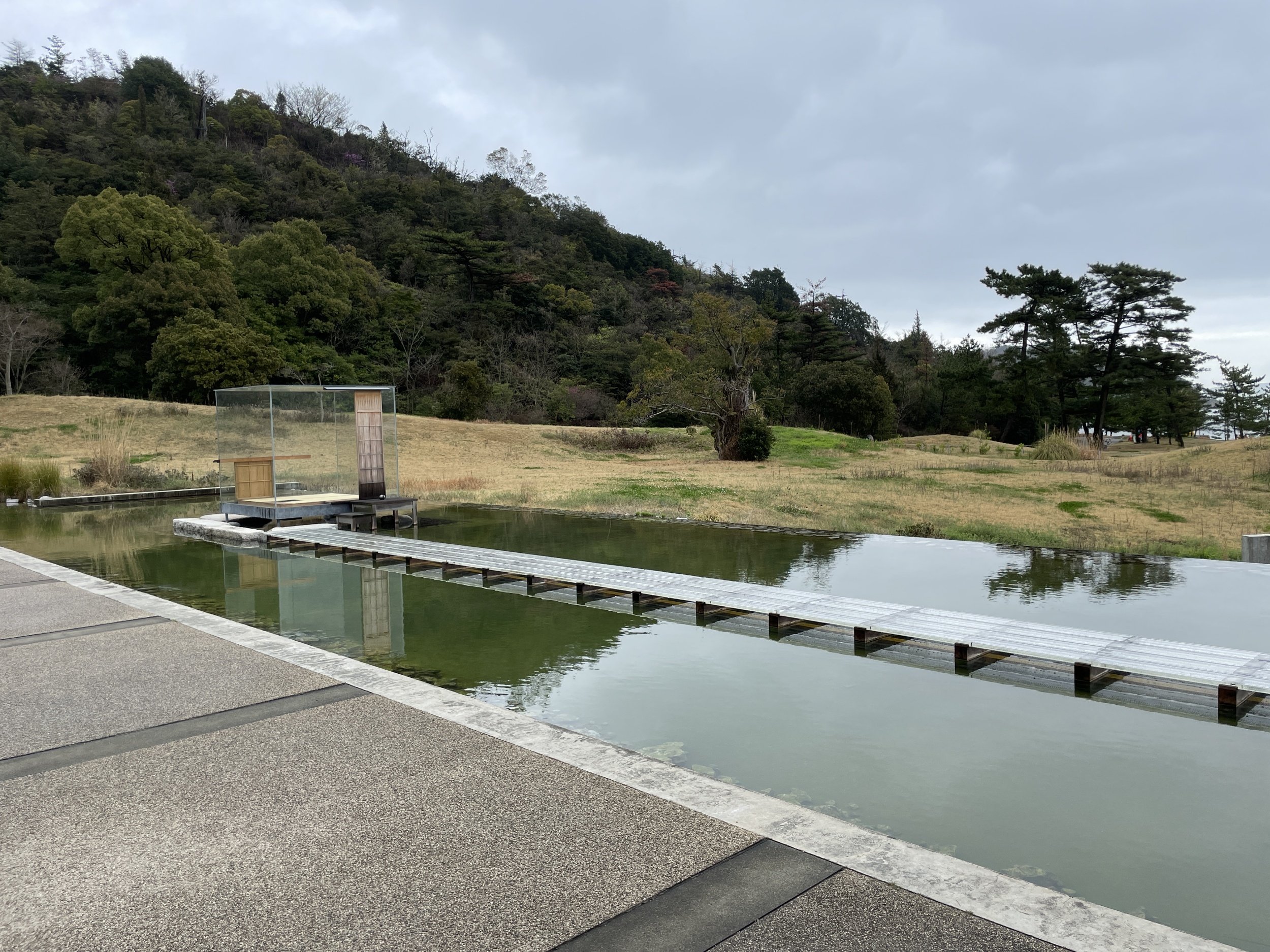Japan 2023 day 11: 24 Artsy Hours in Naoshima Island
We planned a busy final few days to our trip, combining travel and sightseeing each day as we packed in a few things we really wanted to see before heading home. One of those things is an island that also turned into a contemporary art enclave over the last 20-30 years. Naoshima Island is in the Seto inland sea, basically a body of water connected to the ocean, but surrounded by Japanese islands on all sides.
To get there, we had to pack up and leave Osaka, catch a shinkansen from Shin-Osaka station to Okayama, and from there we had a worrying sequence of transfers (that turned out to be smoothly coordinated by design):
Okayama to Chayamachi on one local train, then walk across the platform for the train to Uno, then take the ferry from Uno to the port on Naoshima, where we can catch the bus to our hotel. Oh, and most of these transfers were 5-10 minute windows.
If the trip sounds stressful, it kinda was until we did it. As it turns out, the local trains, ferry, and bus were all intentionally timed for each other, so even though they only ran every couple hours, it really was a smooth process.
In fact, before boarding the ferry, we had just enough time for a cup of coffee in Uno.
This local shop was roasting beans while we were there, which was really cool, but also intensely smoky.
As we got off the ferry, it turned out the bus was run by the same company that owned our hotel (and most of the art museums), and they were happy to hold our luggage so we could explore the island before checking in.
We got off the bus in Honmura, which is a port town on the opposite side of the island from where the ferry dropped us off. There are two key sites in town, a museum dedicated to Tadao Ando, the architect who designed most of the iconic museums on the island (that we’d see later in the day), and a series of converted houses collectively called Art House. The six houses (well, 5 houses and a shrine) were all abandoned and bought up by the art collective to let local artists have their way with them. Thankfully, the info our bus driver had given us guided us to the Honmura Lounge, where we could buy the ticket that would work at all the houses, a tip we ended up sharing later with other confused tourists.
One of them required timed entry, and while we waited for our time slot, we visited one of the other houses nearby (the whole town is small, so everything is kinda nearby).
I don’t want to spoil everything, so I’ll just include a few photos of the ones we saw before lunch to entice you. Note that in the photo with the flowers on tatami, the flowers were hand-carved from wood, one petal at a time.
The most odd experience, which required a time slot, was Minamidera. We were led into a pitch black room after shutting off all phones and had to find a bench by feel and sit down. After 5-10 minutes (it’s hard to tell without modern tech), our eyes adjusted and a faintly lit wall became visible. For those with healthier eyes, the entire room became discernible with that light, and we were invited to get up and walk around. There wasn’t anything else to see; the point was that the light and room did not change, but rather the audience changed (or at least our eyes did). So, uh, contemporary art, yay!
Also funny: while waiting in silent, dark contemplation, our stomachs were loudly rumbling since we hadn’t eaten lunch yet. Apologies to the other people in the room who had to listen to that!
But before getting lunch, we also visited the Ando museum mentioned above, which took maybe 10 minutes (it was tiny), since it was right next door.
After popping into an udon restaurant that seemed to be run by two adorable elderly Japanese ladies, we found ourselves explaining the art house tickets to two other groups who were also eating there, and one honeymooning couple in particular was planning to visit Hakone, so Jerry gave them all the little tips from our experience there.
We wanted something sweet, so we found this ice cream shop that doesn’t exist in Google maps. And it had a blind kitten and a dog that Jerry got to bond with.
We finished the last three art houses, including a shrine up a hill…
And then we walked to the southern part of the island, where the hotel and bigger museums would be. The bus would have been an easier option, but this gave us the chance to see the “labyrinth of sakura trees”, which turned out to be a dud:
However, there were a couple other fun sights along the way, as well as some island cats for Jerry.
The first “big” museum we went to was the Chichu museum, where we had a reservation. It actually doesn’t have much inside, but is an interesting experience nonetheless. The architecture itself is unique, being built into a hillside and combining rectangles, a triangle, circles, and lots and lots of concrete. No photos are allowed except in the entranceway, but I encourage you to explore and visit. The most unique experience was again involving lights in a room.
We had to take our shoes off, walk up what looked like stairs into a lit-up wall, but when we got there it was clear the wall was an entrance to another room. This new curved where the walls met the floor and ceiling, all painted white, giving the room an “edgeless” feel, almost like we were in a sci-fi movie. The light came (once again) from a back wall that was smoothly lit up in a single, delicate color. And then the color slowly shifted.
Yeah, so that was that experience. Contemporary art, woohoo!
We caught the bus for the short trip to Lee Ufan museum, which was again much smaller than I expected, but had some more unique pieces. Inside photos were not allowed here either, but there was some fun sculpture outside, including this fascinating arch facing the water.
We walked down along the shore, finding a couple more fun pieces before checking into our hotel to rest before dinner.
In particular, that included the iconic yellow squash sculpture from Yayoi Kusama, which was a little busy with other photo-takers.
The hotel is beautiful (and pricey), and included dinner inside the Benesse house museum. We headed over there an hour ahead of our dinner reservation to check it out and finish out the little art tour, and it probably had my favorite pieces of any of the museums.
Dinner was a Japanese Kaiseki for Jerry and a shabu-shabu for Nick, both of which were excellent.
The next morning, we briefly went through Time Corridors after breakfast, which was inside our hotel’s building, conveniently.
We had to reverse the whole bus-ferry-train-train itinerary to make it back to Okayama, but this time it was pretty low-stress since we knew what to expect. We’ll share a brief update on our day in Okayama soon!
